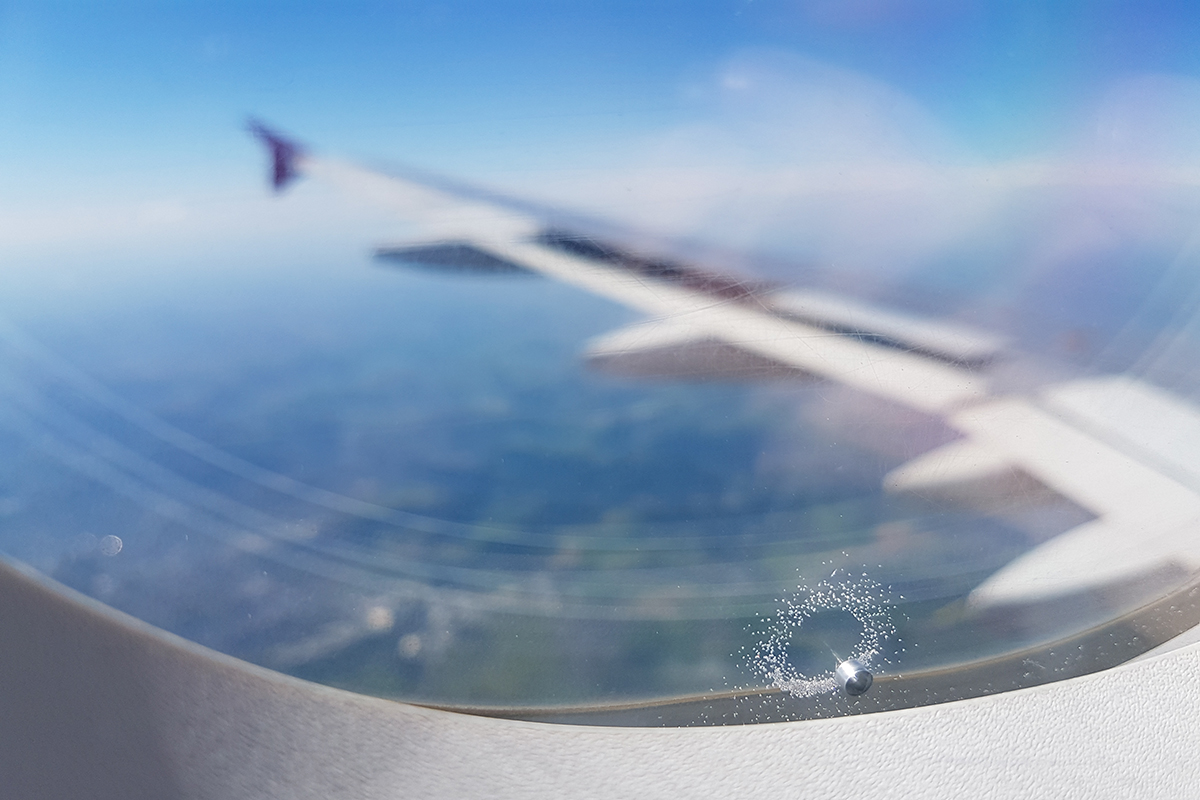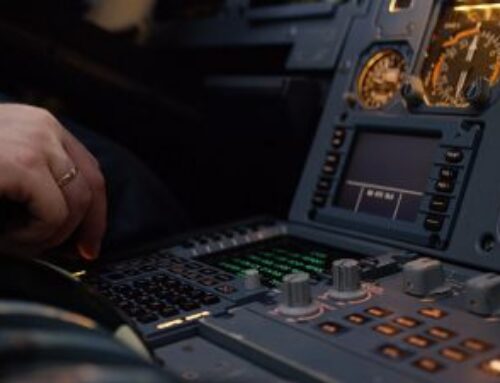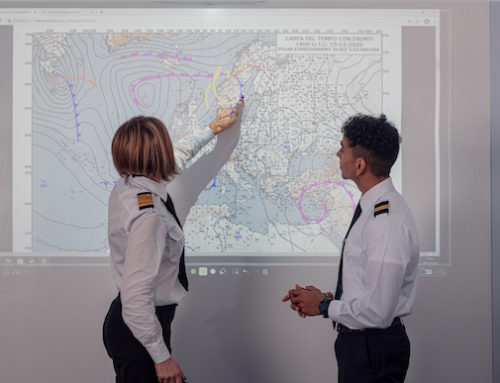How does the cabin pressurization of an aircraft work?

We are so used to the idea of flying inside a plane, that we never reflect on a fundamental aspect: how can we breathe peacefully even in the stratosphere, at a height of 12,000 meters?
All thanks to the aircraft’s pressurization system: without this, our inability to breathe at that altitude would soon make us lose consciousness and lead to death.
To survive at high altitudes, it is therefore necessary to pump air into the plane so that the internal pressure is high enough to make it possible for passengers to breathe.
Why bother with pressurization? Why don’t we simply choose to fly at lower altitudes?
Aircraft can fly even below 12,000 meters, where the atmospheric pressure is 0.68 atm or higher, but this has some drawbacks:
- it would be difficult to cross the highest mountain ranges;
- bad weather often occurs at lower altitudes, and
- the engines commonly assembled on the aircraft are much less efficient at lower altitudes, resulting in much lower flight speeds and much higher hourly fuel consumption.
How does a pressurization system work?
The body of the aircraft, the fuselage, is a long tube capable of withstanding a fair difference in air pressure between the inside and the outside; think of it as a large plastic bottle. Theoretically, we could seal the bottle in order for the internal air pressure to remain the same, as the plane climbs.
However, we cannot do this because it is difficult to perfectly seal the enormous fuselage of an aircraft and, even if we could, the passengers would quickly consume the oxygen available. Not to mention the health of the air within a perfectly sealed plane during a long flight! Furthermore, as you climb, the pressure differential created between the inside and the outside of the fuselage would be such that this would certainly cause structural damage.
A fuselage is a bit like a soda bottle with a hole in the back: the pressurization systems constantly pump compressed air from the compressors that are present in the engines. To control the internal pressure and allow the internal air to escape, two or more outflow valves are located near the tail of the aircraft.
The valves are automatically controlled by the aircraft’s pressurization system. The valve closes if a higher pressure is required within the cabin. To reduce the cabin pressure, the valve opens slowly, allowing more air to escape. In this way, the pressurization system regulates both the internal pressure, therefore the cabin altitude, providing a comfortable environment for pilots and passengers, and the pressure differential, allowing to avoid structural damage to the fuselage.
One of the advantages of a pressurization system is the constant flow of clean and fresh air that moves through the aircraft. The air within the plane is completely changed every two or three minutes, making it even much cleaner than the air at home or in the office.
Pressurization systems are designed to maintain the pressure within the cabin between 0.81 and 0.75 atm at a cruising altitude. On a typical flight, while the plane rises to 10,000 meters, the interior of the cabin corresponds to the height between 1800-2400 meters.
You are wondering at this point “Why not keep the cabin at 1 atm to simulate the pressure at sea level?”. The aircraft must be designed to withstand the differential pressure, which is the difference between the air pressure inside and outside of the aircraft. Exceeding the differential pressure limit is what causes a balloon to burst when it is over-inflated.
The higher the differential pressure, the stronger (and heavier) the plane must be built. It is possible to build an aircraft that can withstand the pressure at sea level while cruising, but it would require a significant increase in the thickness of the fuselage and, therefore, in the weight of the aircraft. A cabin between 0.81 and 0.75 atm is a good compromise.
The consequences of flying in a pressure cabin
The air within the aircraft cabin has a very low humidity rate. During a long flight it is important to drink plenty of water to stay hydrated.
The consumption of alcohol, on the other hand, due to dehydration, can lead to clear and more annoying effects. If you choose to drink alcohol during a flight, be sure to drink plenty of water and eat something while enjoying your cocktail.
The food may also take on a different flavor or it may even be bland. The low humidity of the aircraft cabin and the low air pressure reduce the sense of taste and smell by up to 30% less. Airlines’ food kitchens often add extra spices and flavorings to meals to compensate for “paralyzed” taste buds!
During take-off, the air in the ear is at a higher pressure than that of the cabin, because it is a “residue” of that at ground level: the eardrum, the thin membrane that transmits the vibrations of sound waves to the inner ear, protrudes outwards. Yawning, chewing, swallowing, speaking all help to bring the pressure inside and outside the ear to the same level.
Upon landing, the pressure in the cabin rises again, while the pressure inside the ear is still at cruise level. The eardrum is pushed inwards, which is why we feel our ears plugged and our hearing as muffled. Chewing a candy, yawning or drinking all help to open the Eustachian tubes – the ducts that connect the middle ear to the back of the nose – and to balance the pressure again.
In short, if there were no pressurization system, it would not be possible to fly as we are used to doing nowadays!






